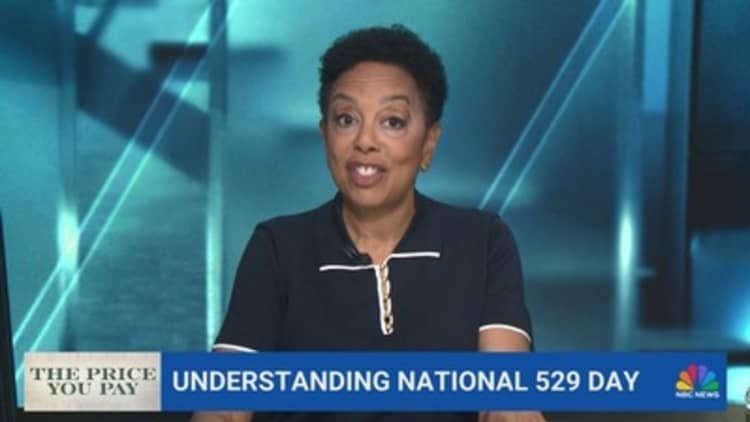Early FAFSA Availability: A New Opportunity for Students
The U.S. Department of Education is rolling out the Free Application for Federal Student Aid (FAFSA) earlier this year, a move expert analysts believe will help resolve the issues that have affected prior application cycles. This initiative aims to streamline the process for students seeking federal financial assistance for college, which includes federal student loans, work-study programs, and crucial grants.
Beta Testing of FAFSA for 2026-27
Currently, the 2026-27 FAFSA is in a beta testing phase, available to a select group of students. According to the Department of Education’s announcement, starting September 1, more students will have the chance to participate in the second testing phase. All students can expect access to the new form for the upcoming academic year by early October, aligning with the traditional timeline for FAFSA availability.
Melanie Storey, the president and CEO of the National Association of Student Financial Aid Administrators, expressed optimism about the early launch of FAFSA beta testing. “A more extended testing phase allows the Department of Education enough time to rectify any bugs or issues with valuable feedback from applicants and financial aid experts. This should facilitate a smoother application process for the general public,” Storey noted.
Positive Changes for FAFSA Users
Kim Cook, CEO of the National College Attainment Network, echoed the excitement about the early testing of the new FAFSA, indicating that it is poised to officially open to the public on October 1. “These positive changes suggest that the high school graduating class of 2026 will likely see an unprecedented FAFSA completion rate come spring,” Cook stated.
The Importance of FAFSA Completion
For many families, securing financial aid is crucial for managing the rising costs of college education. In recent years, grants—particularly federal options like the Pell Grant—have become vital as they do not require repayment. The sooner families complete the FAFSA, the higher their likelihood of receiving aid, especially because certain financial assistance is allocated on a first-come, first-served basis or from limited funding programs.
Research from the National College Attainment Network indicates that submitting a FAFSA is one of the best indicators of whether a high school senior will enroll in college. A study analyzing data from 2013 showed that seniors who completed the FAFSA were 84% more likely to attend college immediately after high school.
Despite the importance of this form, only 71% of families completed the FAFSA for the 2024-25 academic year, a decrease from 74% in the previous year, according to Sallie Mae’s How America Pays for College report. This decline can be attributed to various complications with the new form, which was launched in late December of 2023 after encountering several delays.
Rick Castellano, a spokesperson for Sallie Mae, mentioned that while families found the application process easier last year, 58% of them still reported needing assistance, underscoring the advantage of gaining an early start, especially for first-time FAFSA filers.
Working Towards Increased FAFSA Completion Rates
The shift to an earlier FAFSA application period is designed to encourage higher completion rates, thereby supporting students in their pursuit of higher education. Greater accessibility to financial aid resources stands to benefit families, making college more financially viable in an era where tuition rates continue to climb.
In summary, as the early FAFSA becomes available, students and families will have an enhanced opportunity to navigate the complexities of college funding. With experts optimistic about the implications of these changes, the upcoming academic year may yield significant benefits for students seeking financial assistance.
By taking advantage of these advancements, families can better prepare for college expenses, potentially paving the way for more students to achieve their academic goals.
